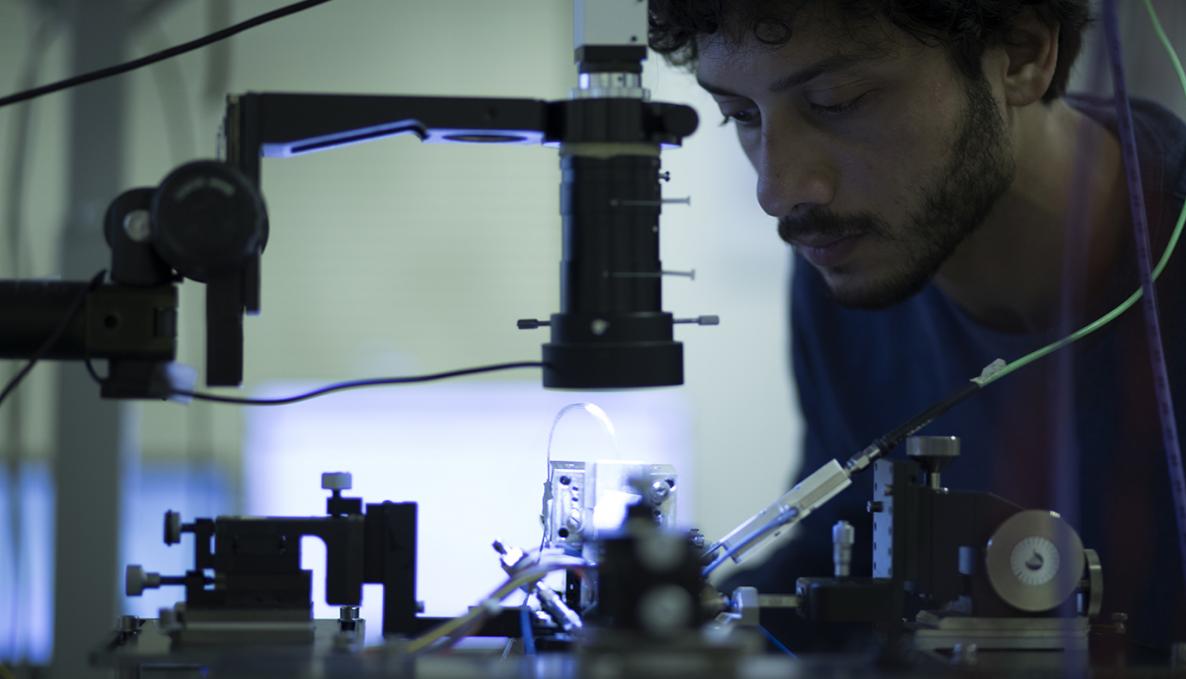Optical Communication Theory & Techniques

Research in the Optical Communication Theory and Techniques area is mainly focused on the analysis of optical systems from the point of view of communication and information theory, with the aim of identifying and testing original solutions. Whenever possible, the performance of the systems and the impact of transmission effects are analytically evaluated. As this is not always possible, advanced simulation techniques are used as a complementary tool to validate analytical results and approximations. The research aims to identify new modulation/transport formats and compensation techniques for increasing bit-rate, attainable distances and robustness to transmission effects. Ongoing research activities include modelling and mitigation of fiber optic nonlinear effects, study of the capacity limits of the optical fiber channel, high-capacity transmissions both over long distances and for connections within and between data centers, and quantum key distribution systems.
The most relevant investigated topics are the following:
- Short reach communications: investigation of efficient optical modulation formats, digital and/or optical equalization techniques for reliable communication over short distances (up to some tens of kilometers.
- Constellation shaping techniques: investigation of general shaping techniques to improve the performance and adaptivity of existing coded modulation schemes, approaching the capacity of the channel.
- Fiber nonlinearity modelling and mitigation: development of channel models to describe nonlinear propagation effects in optical fibers and of DSP strategies for their mitigation.
- Capacity limits of optical fibers: study of the ultimate information rate theoretically achievable in the nonlinear optical fiber channel.
- Quantum key distribution (QKD): investigation of modulation and detection techniques for continuous variable QKD systems, with the aim of maximizing the rate at which a secure key can be transmitted through a fiber link using commercial devices for the generation and detection of coherent states.
Key Recent Projects
PNRM: “QUAntum SAfe netwoRk (QUASAR)” project 2021 - 2023
ASI/CNR: “single photon integrated source for QUAntum Silicon Communications in Space (QUASIX)” project 2020 - 2022

